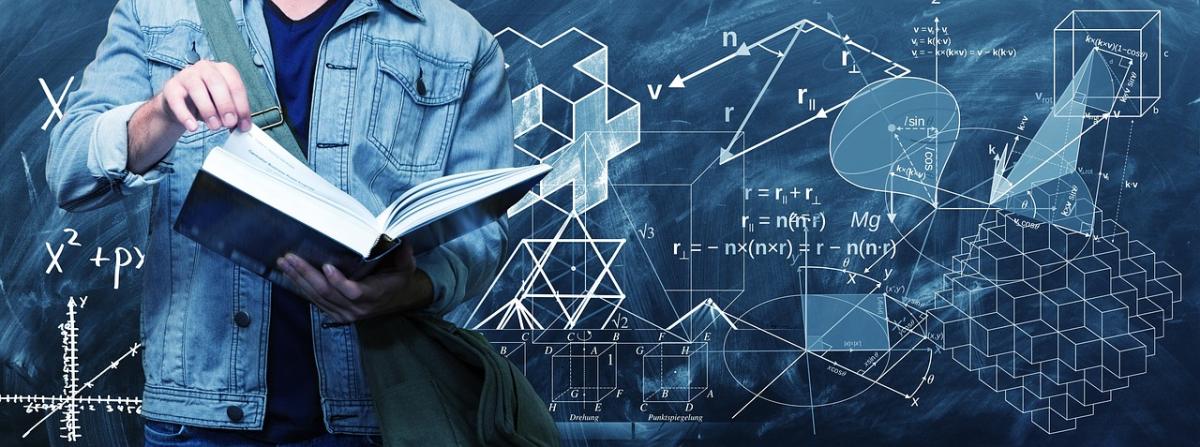In Arizona, rain a major component of the water cycle, is a precious and vital. Students will gain an understanding of the three phase of watrer on the earth: solid, liquid and gas and the four stages
This lesson provides an overview of the differences between living and nonliving things. Students will be asked to compare and contrast living and nonliving things and describe the characteristics of
Use the Edison robots to tell a story from the perspective of an immigrant/emigrant moving through the US during the time period of 1700-to 1900 as it fits 5th grade Social Science Standards. Students
In this first part of a three part unit, students explore the phenomenon of an LED light and a coin battery. They will discover the difference between a closed and open circuit, using a STEM journal
Students will develop a model of a city and have it be protected from "the clickers".
Students learn about passive solar energy and design and build a model of a passive solar house.
This is a continuation of lesson 1 and 2. Students will learn about kinetic vs. potential energy and apply that knowledge to their car designs.
Part 1 of a four-part series of lessons that begins with a Lego Challenge which will become the set for a stop motion video created by students.
A Stop Motion Animated Movie with a Green Screen background based off of a Lego Challenge built in Lesson 1. Students will create a storyboard and script. This is Lesson 2 of 4 lessons.
Lesson 3 of 4 - This lesson focuses on students will begin taking photographs of their Lego “set” using the Ipad or Chromebook on a tripod to capture stop-motion movement with the individual pictures
Students will upload their pictures into the Stop Motion app on the Ipad to edit with sound effects. Students will then be able to select a green screen background to use when they upload the film
I can use the engineering process to create a shock absorbing system that will protect two “astronauts” in a lander as it is dropped from various heights on the moon.
This engaging lesson allows students the opportunity to employ prior knowledge while demonstrating knowledge of various standards in an inter-disciplinary, hands-on lesson. The utilization of data
This is a phenomena-based lesson where students will create a model to demonstrate the earth’s rotation during each season to investigate the change in light during the seasons. Links to resources are
Students will look at structures that allow animals to safely cross a roadway in this lesson. After reading "Crossings: Extraordinary Structures for Extraordinary Animals", they will research an
Students will learn about what a batting average is in baseball. They will learn how you calculate it and represent it as they do in baseball. Students will also track hits and what results from them
Students will discuss current baseball teams names and mascots. Then students are tasked to design a new team name/logo/mascot for a city/state that does not currently have a major league team
This lesson has students build a half adder, a fundamental building block for digital computers. This is a hands-on lesson that includes resources.
After learning about solar, students will create a solar-powered device that can be used by the community. Students work in groups to engineer a device and present the final product to the class.
In this creative lesson, students will design and build a Rube Goldberg Energy Transfer Project. They will work within a group over 1-2 weeks and create a presentation to demonstrate the energy
Students will experiment with electromagnets and building them using a 3D model. They will collect data and analyze the data. Students will experiment with 4 different types of batteries and create
Featured Lesson Plans
Check out these notable lesson plans.

Using Stop Motion Animation to Show Step-by-Step Instructions and Solve Real World Math Problems
Stop motion is a great way for students to slow down working through the steps in math to demonstrate their understanding of math concepts. Students can film a short story or step-by-step instructions

By creating a stop motion animation, students will gain a deeper understanding of how landforms develop, are weathered, and erode. This is an engaging way to help infer the history of the current

This STEM project allowed students to embark on an exciting journey of entrepreneurship with "Ride to Success." In this immersive STEM lesson plan, students will not only learn the ins and outs of


